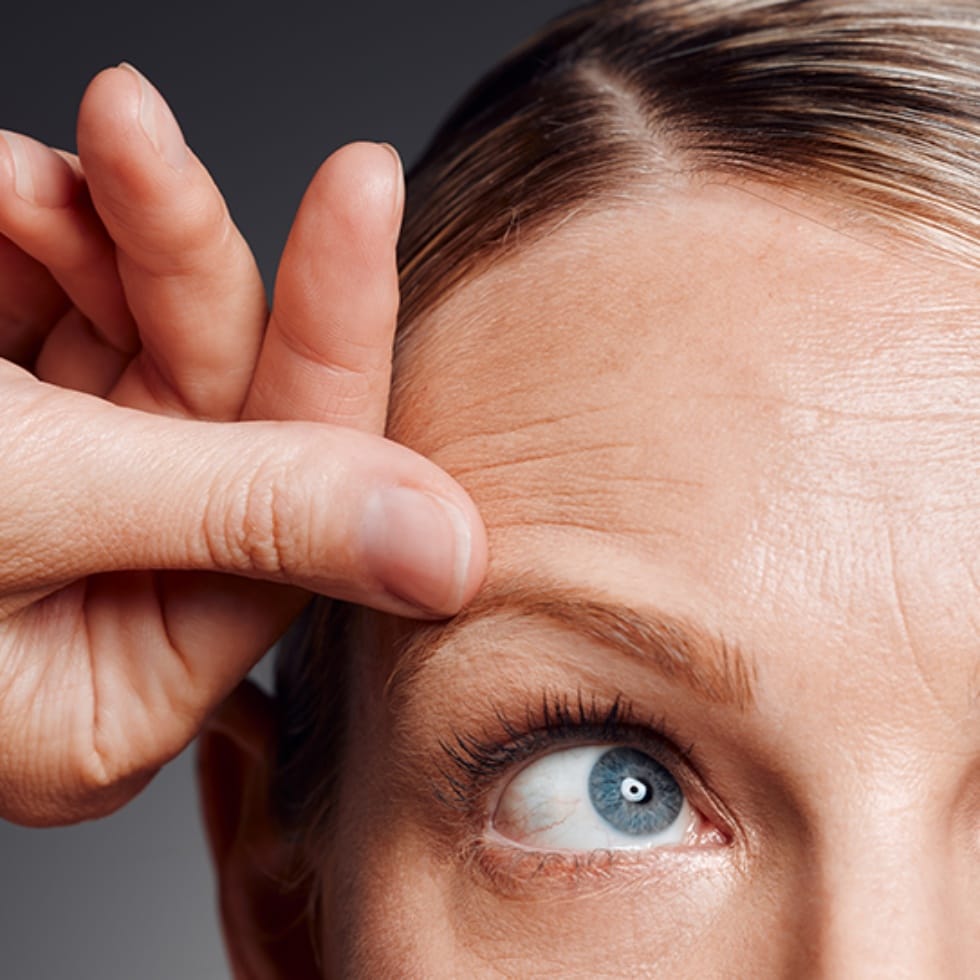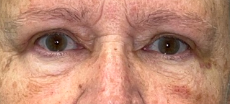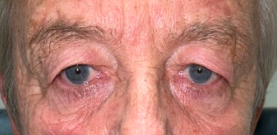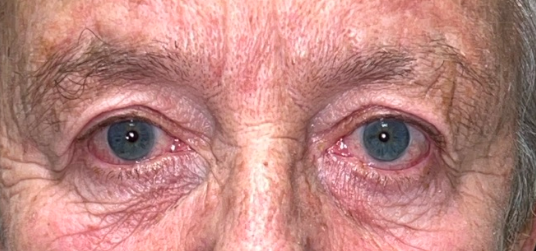
Upper Eyelid Blepharoplasty
Cosmetic eyelid surgery
What is an Upper Eyelid Blepharoplasty?
There is a frequent misconception that since insurance covers upper blepharoplasty when a very strict set of criteria are met, that it is always covered. Less than half of the patients that Dr. Vickers evaluates meet the medical necessity criteria. It is unlawful for physicians to bill insurance companies or Medicare for blepharoplasty when it does not meet the criteria set forth by each plan. Patients often ask why another physician told them it was covered and we refuse to bill insurance for it. The simplest analogy is to liken it to the speed limit. The speed limit is the same for everyone but not every driver chooses to obey it. If a blepharoplasty cannot be deemed medically necessary or if Dr. Vickers does not accept your insurance plan, it can still be performed by going outside of your insurance. This is the case for about fifty percent of our patients.
frequently asked questions
Take a closer look
Should an Oculoplastic Surgeon perform my Upper Eyelid Blepharoplasty?
Many different types of cosmetic and plastic surgeons perform blepharoplasties. Oculoplastic surgeons are uniquely qualified as they have completed a residency in ophthalmology and additional fellowship training in plastic surgery around the eyes. Insurance companies will sometimes cover a portion of the surgery, but they have strict criteria and some patients’ concerns will be deemed cosmetic.
Will I be sedated for the procedure?
Blepharoplasty is performed with either local anesthesia in the office or IV sedation in a surgery center and.
How long does the procedure take?
Upper Eyelid Blepharoplasty typically takes 30 minutes.
What is recovery like?
Recovery to normal activity is within 1 week for most patients. Restrictions include no driving for the first week after surgery, no lifting greater than ten pounds and no strenuous activity.
How long does it take to heal?
Bruising and swelling can be expected but fade within 2-3 weeks on average. Some patients have minimal bruising that resolves in 10 days, others may have swelling that lingers for a month. Please allow adequate healing time prior to any upcoming special events.

Before

After





